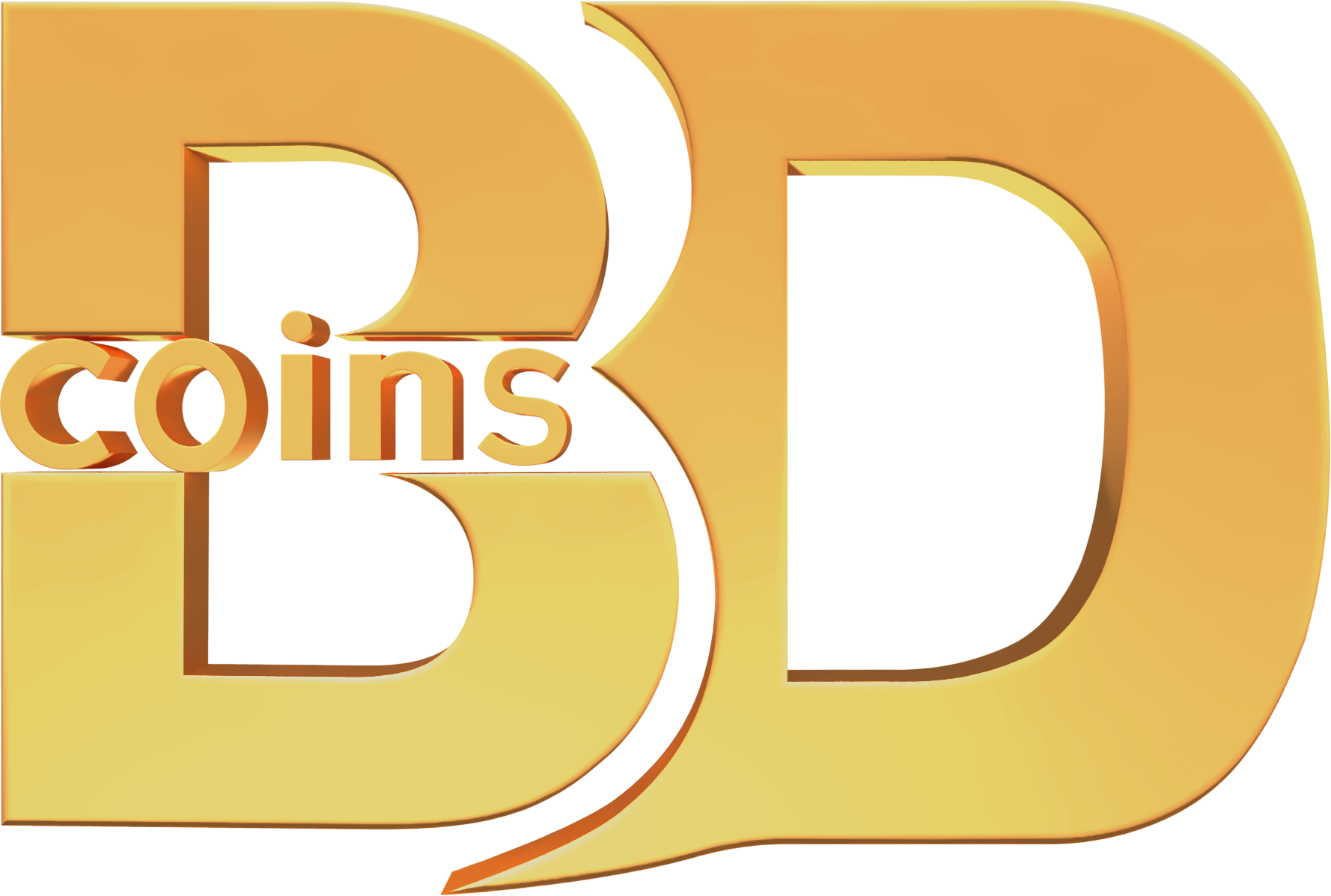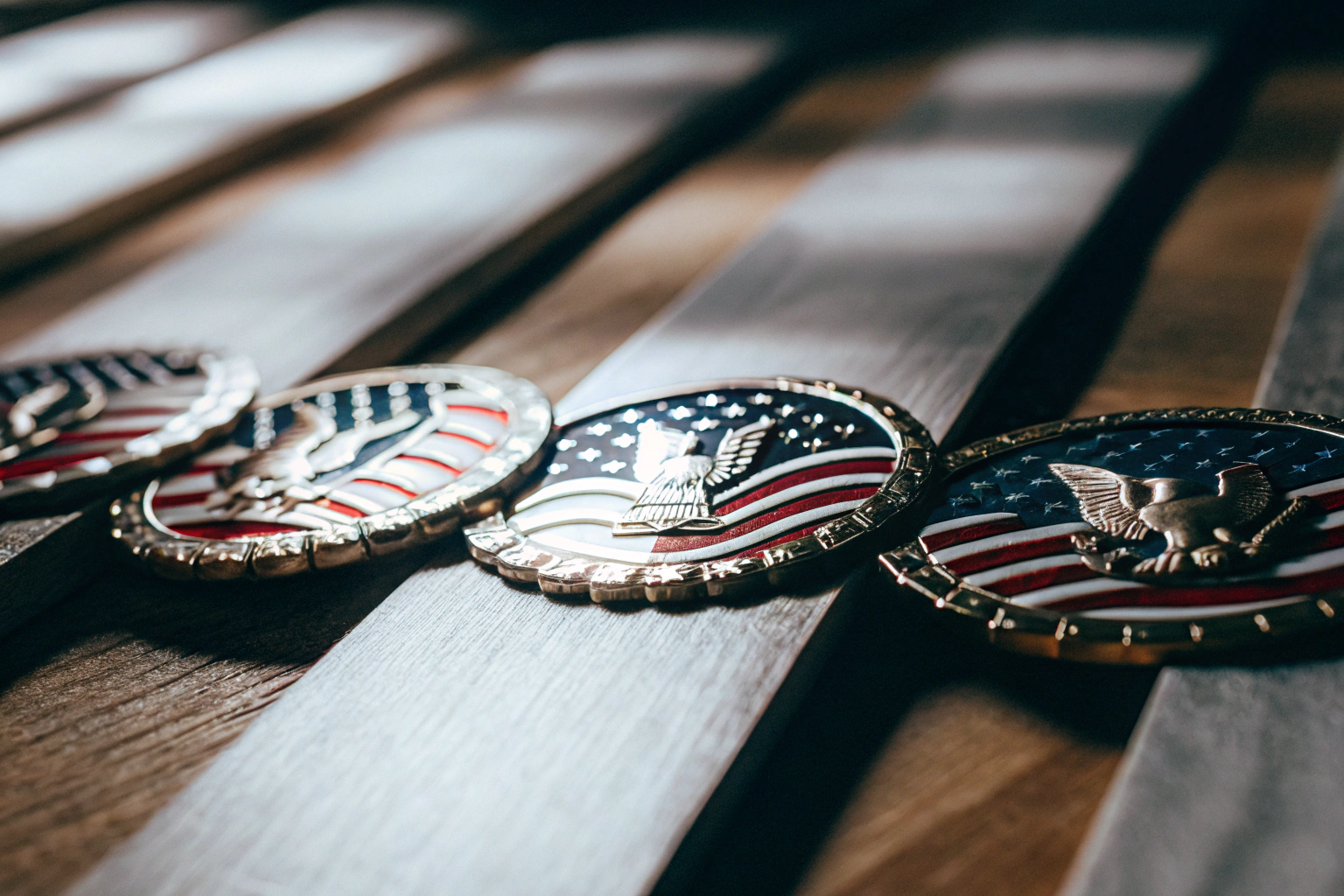
How much do custom challenge coins cost?
Need unique challenge coins but worried about the price tag? Maybe you fear hidden costs or unclear pricing? We help you understand exactly what goes into the cost.
Custom challenge coin costs vary based on size, metal, design complexity, enamel type, quantity, and special features like plating or edge cuts. Generally, expect prices between $2 and $8 per coin, but very complex designs or small orders will increase the cost per piece.
Understanding the price helps you plan your project better. Stick around as we break down the different elements that influence the final cost of your custom coins. We want you to feel confident about your investment.
How much does it cost to create a coin?
Thinking about creating a custom coin but unsure about the initial setup costs? Does the process seem complicated? We can explain the key cost factors involved in getting started.
Creating a coin involves a one-time mold fee (based on design complexity) plus per-coin costs for materials, manufacturing, and finishing. The mold fee is separate from the unit price. Higher quantities usually mean a lower cost per individual coin.
!
Let's look closer at what makes up these costs. Creating a custom coin is like commissioning a small piece of art. Several things affect the price before we even make the first coin.
Mold Fees Explained
The biggest upfront cost is usually the mold. This is a custom tool1 made specifically for your design. Think of it like a unique stamp. Because it's custom, there's a fee to create it. This fee depends on how detailed your design is. A simple 2D design2 costs less than a complex 3D design with lots of textures. This is usually a one-time fee per design. If you reorder the exact same coin later, you often don't pay this again. At Airkus Emblem, we work hard to keep mold costs reasonable.
Material Choices Impact
The metal used affects the price too. Common choices include:
- Brass: High quality, heavier feel, polishes well, often used for premium coins. Can be more expensive.
- Zinc Alloy: Very versatile, great for complex shapes and 3D designs, lighter than brass, cost-effective. This is a popular choice.
- Iron: Most budget-friendly, good for simple designs, often used for soft enamel pins or basic coins.
The size and thickness of the coin also matter, as they determine how much metal we use.Design Complexity Factors
More complex designs take more time and skill to produce.
- 2D vs. 3D: 3D designs require more intricate mold work and often more finishing time.
- Enamel Types: Soft enamel is generally more budget-friendly than hard enamel (or imitation hard enamel), which involves more steps like polishing the surface flat. Screen printing or our advanced UV printing allows for very detailed photographic images directly on the coin, which has its own cost structure but can achieve amazing results quickly.
- Cutouts & Special Edges: Piercing the coin (cutouts) or adding decorative edges (rope cut, diamond cut) adds manufacturing steps and cost. We can even do complex edge patterns now with advanced machinery.
Here’s a simple look at how these might influence cost:
| Feature | Complexity | Potential Cost Impact |
|---|---|---|
| Mold Type | Simple 2D | Lower |
| Mold Type | Complex 3D | Higher |
| Material | Iron | Lower |
| Material | Zinc Alloy | Medium |
| Material | Brass | Higher |
| Enamel | Soft | Lower |
| Enamel | Hard | Higher |
| Printing | UV Print | Varies (Design Dep.) |
| Extra Features | None | Lower |
| Extra Features | Cutouts | Higher |
Getting a design right is key. That's why we offer free design assistance – our team helps you create amazing artwork while keeping your budget in mind.
How much does it cost to have a coin made?
You have a design, now what's the total cost to get those coins in hand? Worried about surprise charges adding up? Let's look at the full picture from start to finish.
Having a coin made includes the initial creation cost (like the mold fee, if applicable) plus the per-unit price multiplied by quantity. Additional costs can include special finishes, packaging, and shipping. We provide clear quotes covering everything.
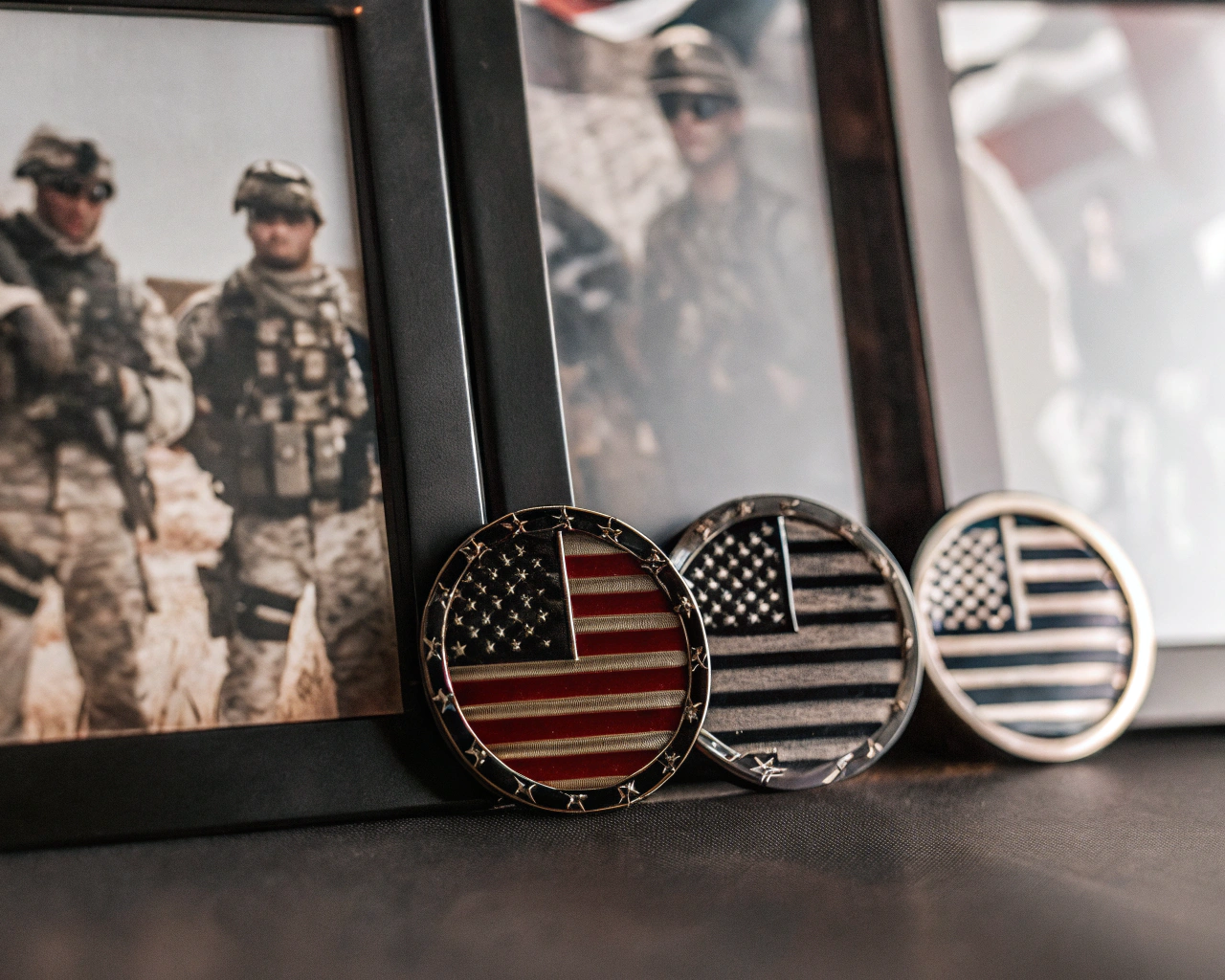
Let's dive deeper into the entire process and how each step influences the final invoice. It's more than just the metal and the mold.
The Full Picture: From Design to Delivery
Once your design is approved (remember, we help with that for free!) and the mold is made, production begins.
- Material Stamping/Casting: We use the mold to shape the metal (die-striking for brass/iron, die-casting for zinc alloy).
- Deburring/Polishing: We smooth any rough edges.
- Plating: We add a finish like gold, nickel, copper, or antique finishes.
- Coloring: Enamel colors or UV printing details are added carefully by hand or machine. Our auto-coloring machines and UV printers ensure precision and speed.
- Finishing Touches: Optional epoxy domes, edge numbering, etc., are added.
- Quality Check: Every coin is inspected.
- Packing: Coins are individually wrapped or put into requested packaging.
- Shipping: We send them securely to you.
Each step involves labor and materials, contributing to the per-coin cost.Understanding Per-Unit vs. Total Cost
The price per coin usually drops as you order more. Making 50 coins might cost $7 each, but making 500 might drop the price to $3 each. This is because the setup costs (like machine calibration and mold setup) are spread over more units. The total cost is the per-unit cost times quantity, plus any fixed fees (like the initial mold fee) and shipping.
Extra Features Add Up
Want something special?
- Epoxy Coating: A clear dome protects soft enamel and gives a smooth finish (adds cost).
- Sequential Numbering: Unique numbers lasered onto each coin (adds cost).
- Special Edges: Diamond cuts, rope edges, etc., require extra machining (adds cost).
- Packaging: Custom pouches, boxes, or capsules cost more than standard poly bags.
Our Advantage: Direct Factory Pricing & Bangladesh Facility
As a direct manufacturer, we eliminate middlemen markups. More importantly, our factory in Comilla EPZ, Bangladesh, offers significant advantages, especially for US clients. Shipments under $800 are often duty-free into the US, unlike direct shipments from China which face recent tariffs. Plus, our skilled workforce in Bangladesh operates at a lower cost base, allowing us to offer very competitive prices without sacrificing the quality craftsmanship Airkus Emblem is known for. We also don't shut down for long holidays like Chinese New Year, ensuring consistent production. This combination of direct pricing, duty advantages, and lower operational costs means you get high-quality coins for less.
Here’s a simple cost breakdown concept:
| Cost Component | Type | Notes |
|---|---|---|
| Mold Fee | One-Time | Based on complexity |
| Material Cost/Unit | Per Coin | Based on metal type, size, thickness |
| Labor Cost/Unit | Per Coin | Includes casting, polishing, coloring etc. |
| Finishing Cost/Unit | Per Coin | Plating, special edges |
| Extras Cost/Unit | Per Coin | Epoxy, numbering, packaging (if chosen) |
| Shipping | Total Order | Based on weight, destination, speed |
We provide a detailed quote so you see exactly what you're paying for.
What is the rarest challenge coin?
Curious about collectible challenge coins and what makes one truly rare? Maybe you wonder if any of your coins are valuable? Let's explore what drives rarity in challenge coins.
The "rarest" challenge coin isn't one specific coin. Rarity depends on factors like extremely limited production, connection to secret or high-level units/events, historical significance, unique errors, or being made from precious metals. Value is often subjective.
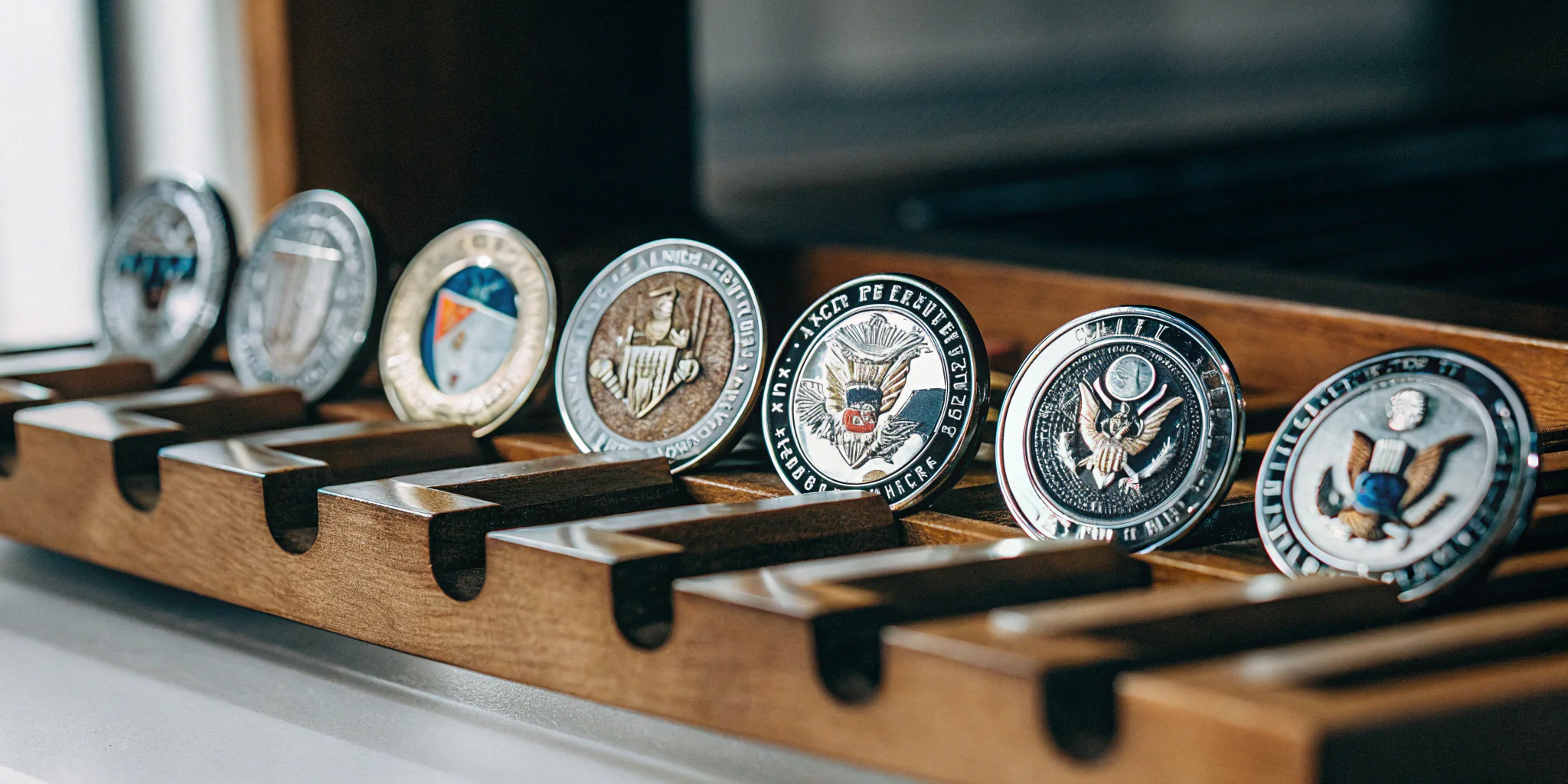
Defining the single rarest coin is almost impossible, as many rare coins aren't publicly known or traded. But we can look at what makes any challenge coin rare and potentially valuable to collectors.
Factors Contributing to Rarity
Several things can make a coin rare:
- Limited Mintage: Coins produced in very small numbers, perhaps only for a specific small team or a single event.
- Exclusive Access: Coins given out only by high-ranking officials (like generals or commanders) or specific elite units (Special Forces, intelligence agencies). These often aren't available to the public. [Personal story placeholder about receiving a coin from a high-ranking official]
- Historical Significance: Coins tied to specific important missions, operations, or historical moments. The older and more significant the event, the rarer the coin might be.
- Errors or Variations: Manufacturing mistakes, like incorrect colors or text, can sometimes make a coin accidentally rare if only a few were made before the error was corrected.
- Material: While most challenge coins are brass or zinc alloy, some might be made in limited runs from silver or even gold, making them inherently rarer and more valuable.
Examples of Potentially Rare Coins
Think about coins from:
- WWII units or specific battles.
- Early Special Forces groups.
- Presidential or high-command recognitions.
- Classified projects or missions.
- Anniversary coins for organizations with very few produced.
It's the story and the limited availability that usually create rarity.
Rarity vs. Monetary Value
Just because a coin is rare doesn't automatically mean it's worth a lot of money. Value depends on demand from collectors. A coin might be rare, but if no one is looking for it, it won't command a high price. Conversely, some widely desired coins might not be extremely rare but still fetch good prices. Online forums and auction sites can give some idea of market value, but it fluctuates.
Creating "Rare" Collectibles Today
We sometimes help organizations create intentionally collectible coins. This can involve:
- Limited Edition Runs: Clearly stating only a certain number (e.g., 100 or 500) will ever be made.
- Serial Numbering: Engraving each coin with a unique number (e.g., 001/100).
- Tiered Designs: Creating standard, silver, and gold versions of a coin for different levels of recognition.
Understanding rarity helps appreciate the history and significance behind many challenge coins.
Why are challenge coins so expensive?
Ever wonder why custom challenge coins seem to cost more than typical keychains or pins? Are you questioning if the price reflects the actual value? Let's break down the reasons behind the cost.
Challenge coins seem expensive because they are custom-designed metal art pieces involving quality materials, intricate manufacturing steps (molding, die-striking, polishing, detailed coloring), skilled labor, and often produced in relatively small quantities compared to mass-market items.
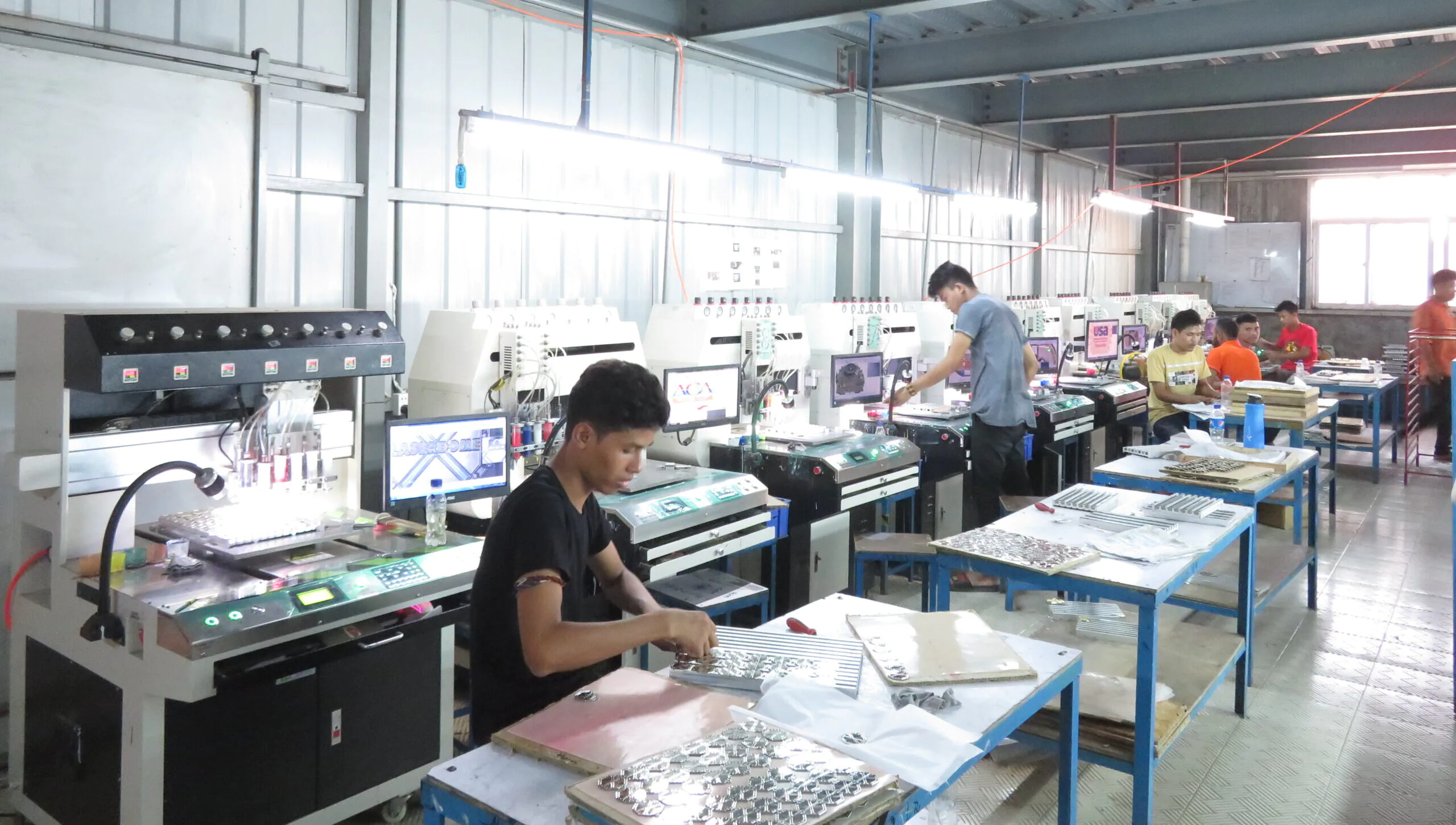
Think of it less like buying an off-the-shelf item and more like commissioning a small sculpture. Let's explore the specific factors that contribute to the price tag, and how we work to provide value.
The Custom Design Element
Every challenge coin starts with a unique design. Even if you provide a logo, our artists often refine it, adapt it for metal, and create detailed proofs showing colors, finishes, and 3D elements if needed. This design work takes time and skill. Setting up the specific tooling (the mold) is also part of this custom process.
Material Quality Matters
We don't use cheap pot metal. Quality coins are typically made from durable brass or versatile zinc alloy. These metals have a good weight, hold detail well, and provide a solid base for plating and enamel. The cost of these raw materials fluctuates, but quality metal is essential for a lasting product.
Complex Manufacturing Steps
Making a coin isn't simple stamping. It involves multiple stages:
- Die/Mold Creation: Precise tooling based on the approved artwork.
- Material Shaping: Die-striking (stamping) or die-casting the metal.
- Trimming/Deburring: Removing excess metal.
- Polishing: Smoothing surfaces for plating.
- Plating: Applying finishes like gold, nickel, copper, black nickel, or antique looks.
- Coloring: Carefully applying enamel colors by hand or using automated machines. Our UV printing technology can replicate complex images directly onto the coin surface with great detail and speed.
- Baking/Curing: Hardening the enamel.
- Finishing: Adding epoxy, edge details, or laser engraving.
Each step requires specific machinery and often skilled handwork.
Labor Intensity
From designers interpreting ideas to artisans polishing metal and applying tiny color details, skilled labor is crucial. Quality control inspectors check coins at multiple stages. This human element ensures quality but adds to the cost. [Personal story placeholder about visiting the factory and seeing the detailed work]
Economies of Scale
Challenge coins are often ordered in batches of 100, 500, or maybe a few thousand. This isn't like making millions of screws. The setup time and design effort are spread over fewer items, increasing the cost per piece compared to mass-produced goods.
Our Cost-Effective Approach
While quality has a price, we strive to make it affordable. Our direct factory model cuts out distributor markups. Critically, our Bangladesh factory leverages lower labor costs and enjoys duty-free advantages for US shipments under $800, significantly reducing costs compared to China-based production facing tariffs. We achieve this without compromising quality, thanks to our experienced team and modern equipment like UV printers and advanced edge machines. You get a premium, custom product at a highly competitive price.
So, while challenge coins have inherent costs due to their custom nature and quality production, working with Airkus Emblem ensures you get excellent value for your investment.
Conclusion
Challenge coin costs vary, reflecting custom design, materials, and quantity. We offer clear pricing and great value, especially with our Bangladesh factory benefits. Contact Airkus Emblem for your quote!
You may also be interested in:

Challenge Coins in the Global Market: Export Trends and Opportunities
Introduction Challenge coins have evolved from military traditions into a global phenomenon. Today, they are

The Complete Guide to Challenge Coins: History, Design, and Modern Applications
The Complete Guide to Challenge Coins: History, Design, and Modern Applications SEO Title: The Complete
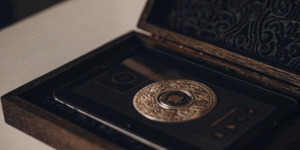
The Future of Challenge Coins: Digital Integration and Modern Design Trends
Introduction Challenge coins have a rich history, symbolizing honor, recognition, and identity for over a
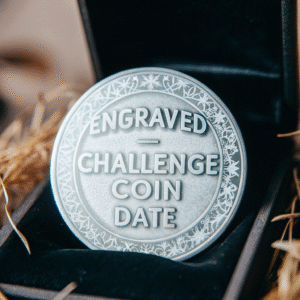
Selling Custom Challenge Coins Online: Opportunities in the Global Market
Introduction The global demand for custom challenge coins is growing rapidly, not only in military
